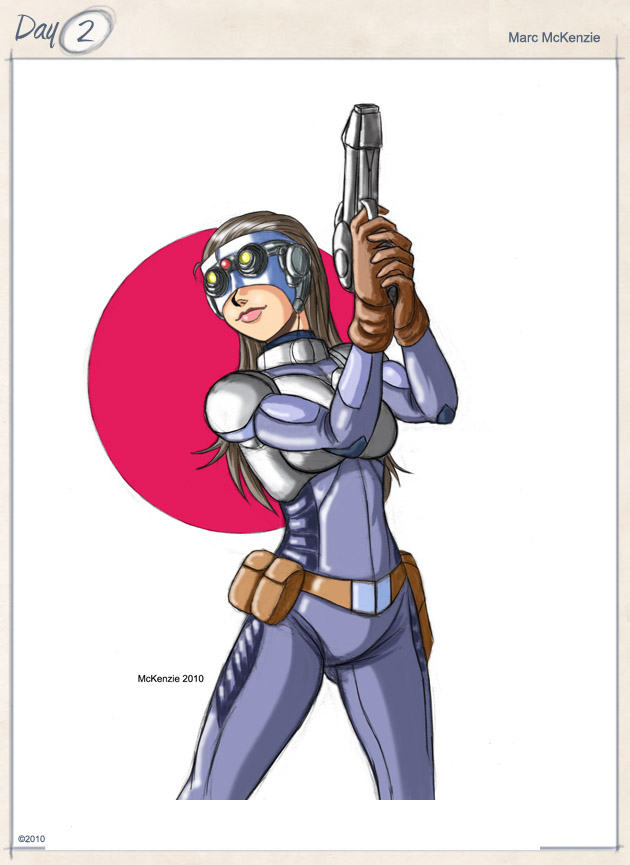

While this story has been popular for many years, in part due to the absurdity of its premise, Ito’s storytelling cannot be understated. When a series of human-shaped holes appear after an earthquake, people are suddenly drawn to the holes that share their likeness. Rather than create a monster, Ito has humanity torment itself and crafts a chilling tale in the process.Īmong the other notable stories in the book is “The Enigma of Amigara Fault”.

The society members’ obsession with Mariko is particularly disturbing, as it slowly shifts from admiration to vitriol.

While many of Ito’s stories focus on the supernatural, “Venus in the Blind Spot” is grounded in the horrors of reality. That said, Mariko becomes invisible to society members when they are near her, and they begin to suspect that it’s the work of aliens. The story centers on a UFO research society, whose members are madly in love with their leader Mariko. The titular “Venus in the Blind Spot” story is surprisingly short, but is nonetheless memorable. Ito can convey horror in many different ways, and these stories show that firsthand. While some stories will place a heavier emphasis on body-horror and shock value, others will take a more subdued approach. While these stories aren’t connected thematically, it provides a broader look at Ito’s work. This book contains 10 short stories drawn by Junji Ito, a combination of original works and adaptations of classic horror stories. Viz Media’s most recent Junji Ito manga, Venus in the Blind Spot, is yet another reminder of Ito’s talent, one that covers a terrifying range of tales. Junji Ito is one of the masters of horror, and his work continues to frighten readers at every turn. Translated by Yuji Oniki (“The Enigma of Amigara Fault” and “The Sad Tale of the Principal Post”) & Jocelyne Allen (All Other Translation & Adaptation) Original Cover Design by Keisuke Minohara


 0 kommentar(er)
0 kommentar(er)
